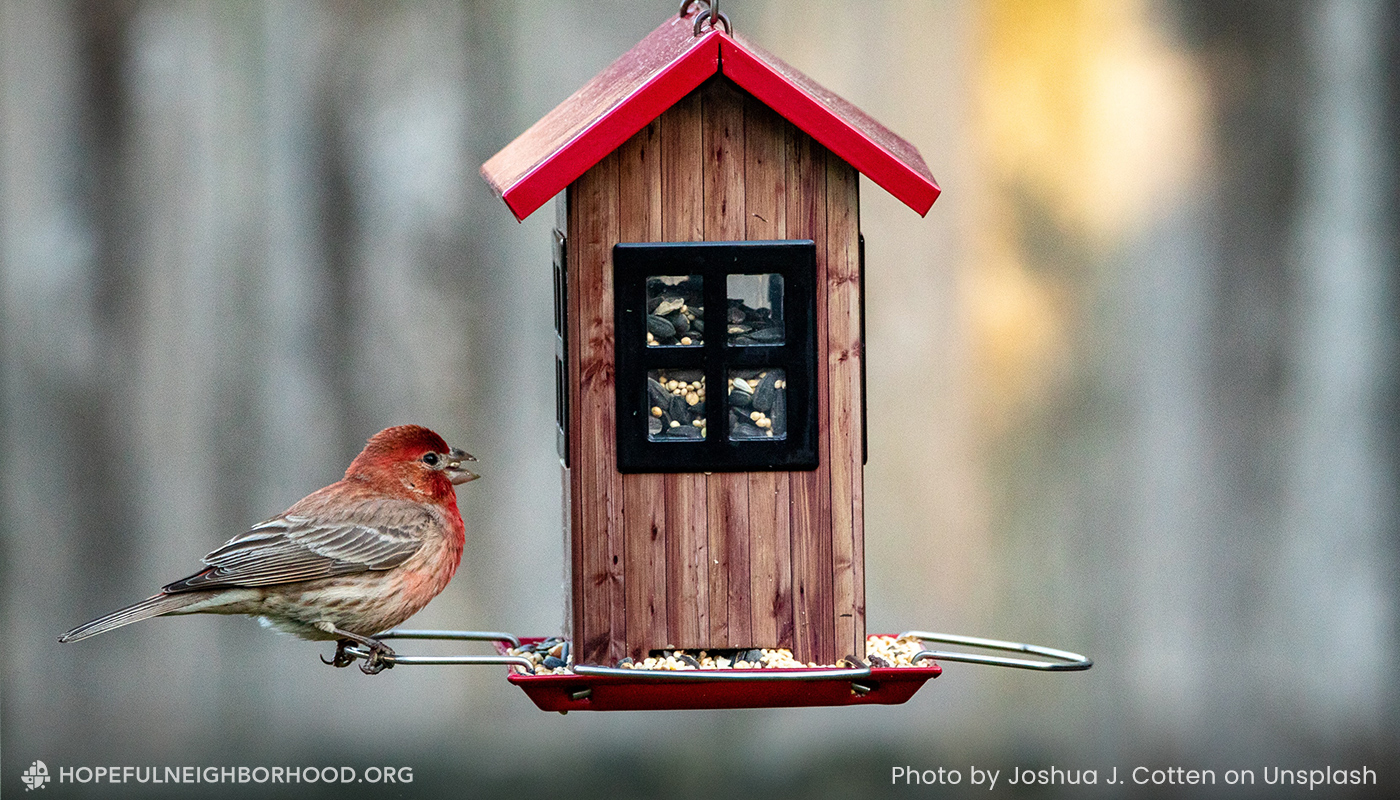A few years ago, I saw a sign on a vacant lot in my neighborhood that said, “First Nations Garden Coming Soon.” This lot, which is on the corner of a main street and side street, had been vacant for over twenty years, and was surrounded by a tall fence. As soon as I saw the sign, I was elated that there would be a space for Native American culture, advocacy, and activism in my neighborhood, and that I would pass it every day on my bike ride to work.
I had long heard that Chicago has one of the largest Native American populations of any major city, but I was not aware of any programs or community centers, and my path had not crossed any people of Native American heritage in my community. However, after seeing the sign on the fence and checking their website, I found there were many Native People in my community. There was also a community center one and a half miles from my office.
As I watched from the outside, the First Nations Garden started taking shape. They began holding cultural ceremonies. They then erected a longhouse and a teepee. They had cultural classes for local youth. The following year they had a vast vegetable garden and teaching stations. The tall fence which surrounds the garden is now covered with Native American artwork. After each installation of artwork, I feel like I grow in my understanding of Native American history and their struggles. This prompts me to do research and ask questions.
In fact, the First Nations Garden compelled me to look inwardly to my own relationship to, and understanding of, Native Land and Native American tribes. I quickly realized that I do not know much about the indigenous people and cultures that were stewards of this land before me. In elementary and high school, I learned a little about how Chicago got its name, from the original “Zhigaagoong.” We were taught how Native American trails were turned into the angle streets on top of the classic Chicago grid layout. We learned that there are no reservations in Illinois. Yet many different people groups claimed this area as their homeland for thousands of years before European expansion.
Unfortunately, we were not taught much about the culture or history of the people who were here before. And we were not taught about their struggle or perspective.
This lack of understanding led to me start reading books, following local Native American activists on social media, and asking questions of the organizers of the First Nations Garden. I learned about the Council of the Three Fires; it consists of the Ojibwe, Odawa, and Potawatomi people who were the stewards of this land. I learned about the cultural practices of the indigenous people. I read books by Native American authors from their perspective. To put it bluntly, I learned that I had a lot to learn about the history of the place that I call home. There was also a lot to unlearn about what I assumed to be true.
About a year after I first encountered the First Nations Garden, a church in my neighborhood called St. John’s had a plaque installed on the sidewalk in front of their building. The plaque reads, “You are standing on the land of native peoples. For thousands of years this was the territory of the Council of the Three Fires, the Ojibwe, Potawatomi, and Odawa. They welcomed the Ho-Chunk, Fox, Sauk, Miami, Kickapoo, and Illinois confederacy tribes and offered assistance to the first Europeans to travel here. These nations were forced from this land in 1833 by the Treaty of Chicago. St. John’s now stands on this land, seeking a new relationship of honor and respect for our Chicago neighbors.”
In my journey to be a better neighbor, I have become aware of how much I have to learn about the history of the place that I live. It has required me to view things from the perspective of others and to increase my understanding through reading, questioning, and listening. It has led me to hearing and learning from others. If I want to be a good steward of the things entrusted to me, I must learn from the stewardship of those before me.
If you are interested in learning more about Indigenous People groups in your area, I would encourage you to go to your local library and ask for information on local tribes. You can also reach out to local “American Indian Community Centers.” They can direct you to more information and resources.

0 Comments